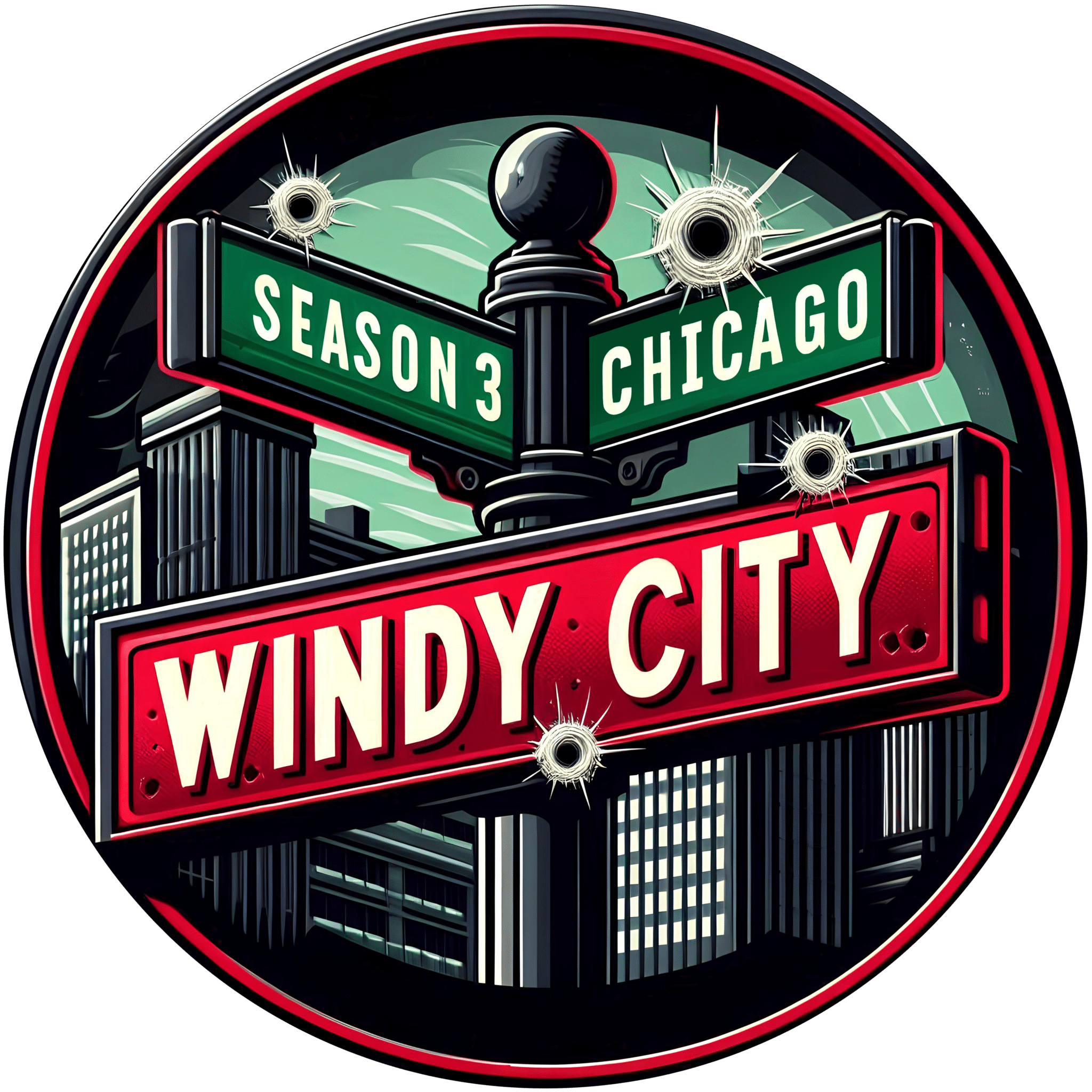The Loop, the bustling heart of Chicago, is an area rich in history, architecture, and cultural experiences. As one of the city’s 77 neighborhoods, it serves as the central business district and incorporates a vast array of attractions. From towering skyscrapers to serene parks, The Loop offers an eclectic mix that captivates both locals and tourists. Here’s your comprehensive guide to navigating this vibrant urban oasis.
Historical Context
To appreciate The Loop fully, one must first understand its historical significance. Established in the mid-1800s, this area has continually evolved. Originally known for its deep-seated ties to the railroads, it swiftly transformed into a commercial epicenter. Landmark events such as the Great Chicago Fire in 1871 prompted a rebuilding effort that shaped the skyline we admire today. The legacy of The Loop is not merely in its structures but in the very fabric of Chicago’s cultural narrative.
Architectural Wonders
The Loop is synonymous with architectural ingenuity. Here, you’ll find an array of buildings that reflect various eras and styles, from Beaux-Arts to modernist influences. The towering Willis Tower, known formerly as the Sears Tower, dominates the skyline and boasts an observation deck that attracts throngs of visitors eager for panoramic views. Meanwhile, the gothic spires of the Chicago Board of Trade juxtapose beautifully against the sleek lines of modern edifices like the Aqua Tower. An architectural walking tour is highly recommended, allowing visitors to explore facades and learn about the stories encapsulated within these monumental structures.
Cultural Institutions
Art enthusiasts are in for a treat in The Loop. The area is home to a plethora of cultural institutions such as the Art Institute of Chicago, renowned for its vast collection, including works by Grant Wood and Georges Seurat. The Museum Campus, albeit just outside The Loop, should not go unnoticed, featuring the Field Museum and the Shedd Aquarium. These institutions not only provide aesthetic enjoyment but also serve as platforms for educational outreach and conservation efforts, underscoring the importance of protecting our natural environments.
Theater District
For those captivated by performing arts, The Loop’s Theater District is a veritable treasure trove. With venues like the historic Chicago Theatre and the modern James M. Nederlander Theatre, a rich tapestry of productions—from Broadway hits to indie performances—awaits. Attending a show is an essential experience that showcases the creative spirit of Chicago, making it a focal point for both locals and tourists seeking entertainment.
Parks and Green Spaces
Amidst the urban sprawl, tranquility can be found in the form of parks such as Grant Park and Millennium Park. Grant Park, often referred to as “Chicago’s front yard,” is expansive and hosts numerous festivals and events throughout the year. Here, visitors can stroll through landscaped gardens or enjoy the iconic Buckingham Fountain, one of the largest fountains in the world. Millennium Park further enhances the green space narrative, featuring the playful Cloud Gate sculpture—affectionately dubbed “The Bean”—which reflects the city’s skyline in a whimsical manner.
Culinary Landscape
The gastronomic scene in The Loop is diverse and vibrant. It is a haven for food enthusiasts. From fine dining establishments boasting Michelin stars to hidden gem eateries, the variety is astounding. Influences from around the globe converge in this area. One can sample everything from classic Chicago deep-dish pizza to gourmet food trucks offering fusion cuisine. The culinary offerings reflect the city’s cultural mosaic and highlight its ongoing evolution as a culinary frontier.
Shopping Excursions
Shopping aficionados will find their sanctuary in The Loop as well. Renowned shopping destinations like State Street, often referred to as “Chicago’s shopping corridor,” offer a range of retail options that cater to various tastes and budgets. From high-end boutiques to national retailers, there’s something for everyone. Furthermore, don’t overlook the quaint shops tucked away in the charming alleyways, which often feature local artisans and craftspeople, adding a unique flair to the shopping experience.
Events and Festivals
Throughout the year, The Loop is alive with events and festivals that celebrate Chicago’s lively spirit. From the Chicago Jazz Festival in Grant Park to the Chicago Air and Water Show, organizers curate an array of activities designed to engage residents and visitors alike. Seasonal festivals, such as holiday markets and food fairs, contribute to a robust community feeling, amplifying local pride and showcasing the city’s dynamic nature.
Public Transportation
Accessibility is a hallmark of The Loop, facilitated by an extensive public transportation network. The “L” train system features several lines that crisscross the area, ensuring convenient travel to various attractions. Buses offer additional options, allowing residents and visitors to navigate the urban landscape with ease. This emphasis on accessible transportation contributes to reducing the city’s carbon footprint, promoting sustainability within the urban environment.
Conclusion
The Loop Chicago is more than just a downtown area; it is a reflection of the city’s multifaceted identity. From its rich historical roots to its dynamic cultural institutions, The Loop embodies the essence of Chicago. Whether you are a history buff, an architecture enthusiast, a foodie, or an art lover, there is an abundance of activities that cater to diverse interests. Exploring The Loop is not just a visit; it is an immersive experience that engages all the senses, making it a must-see destination in the Windy City.
